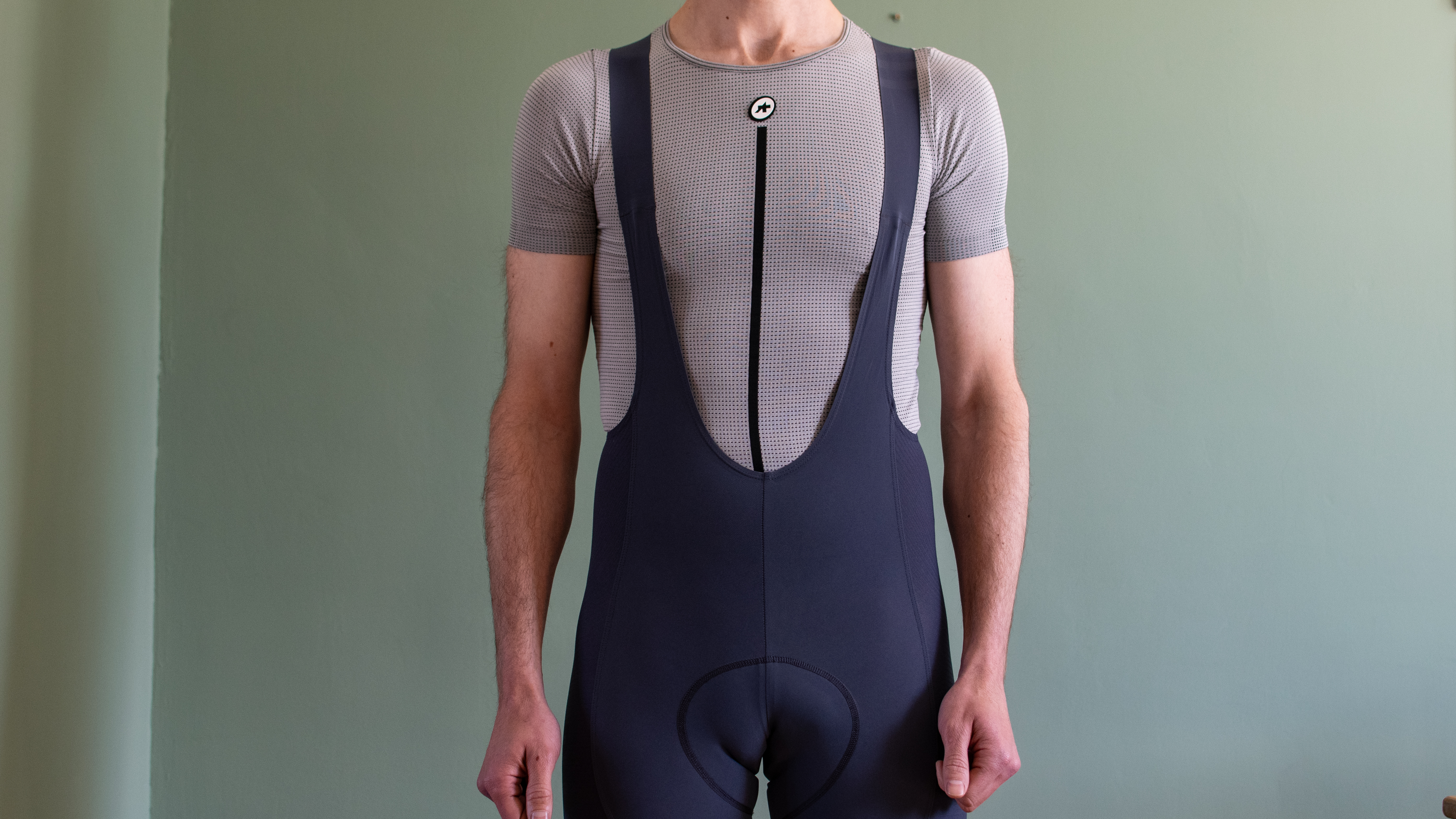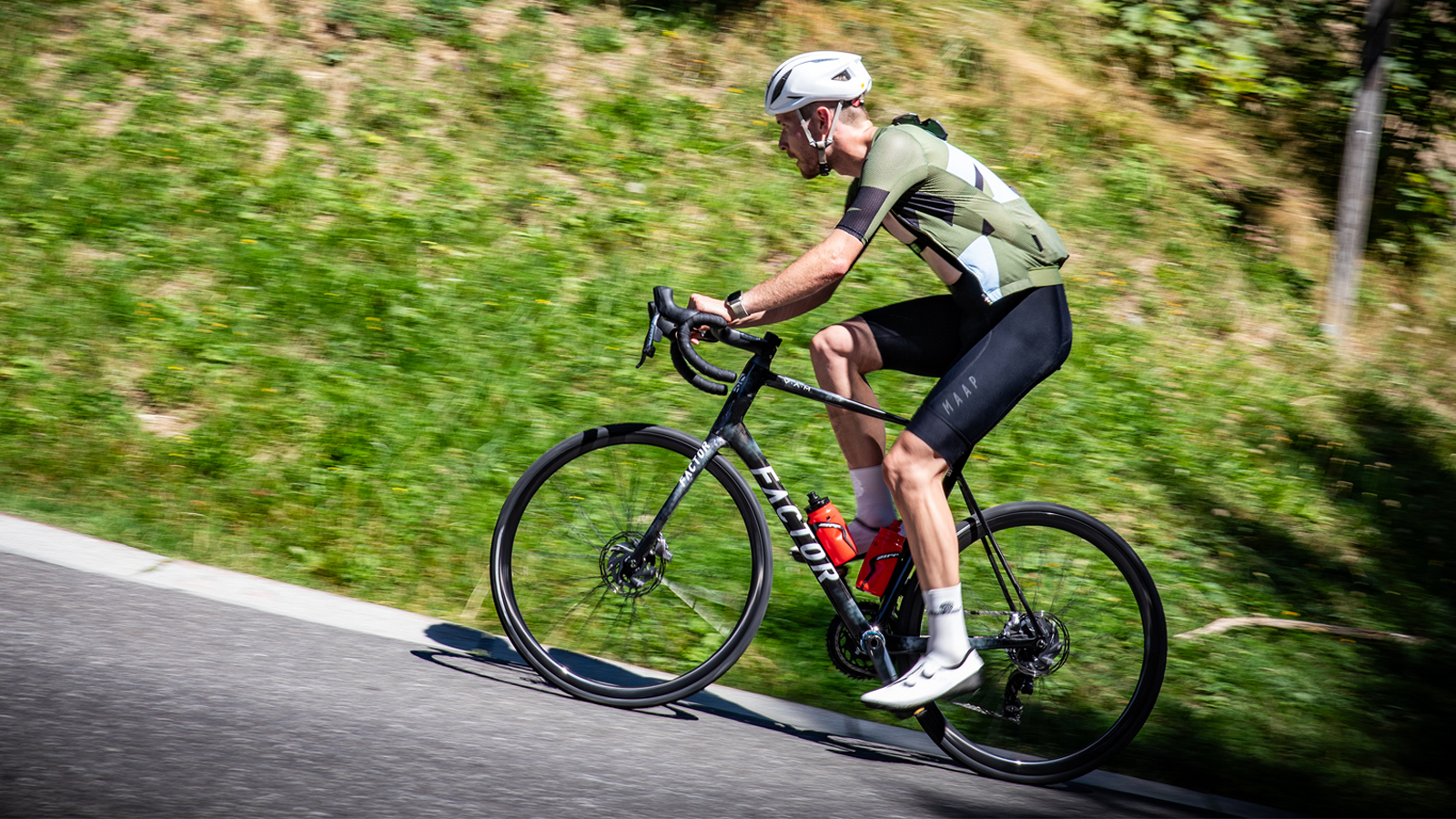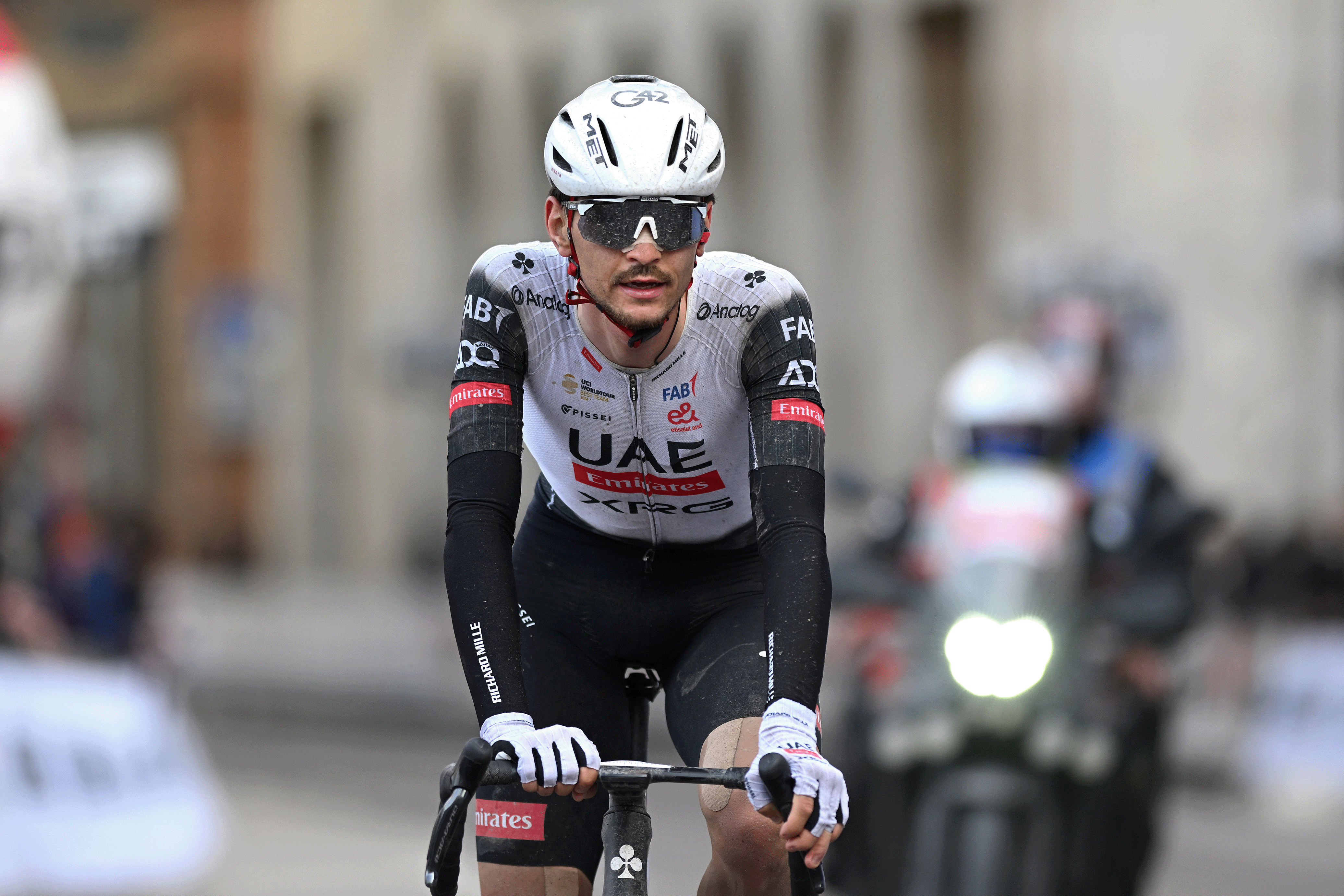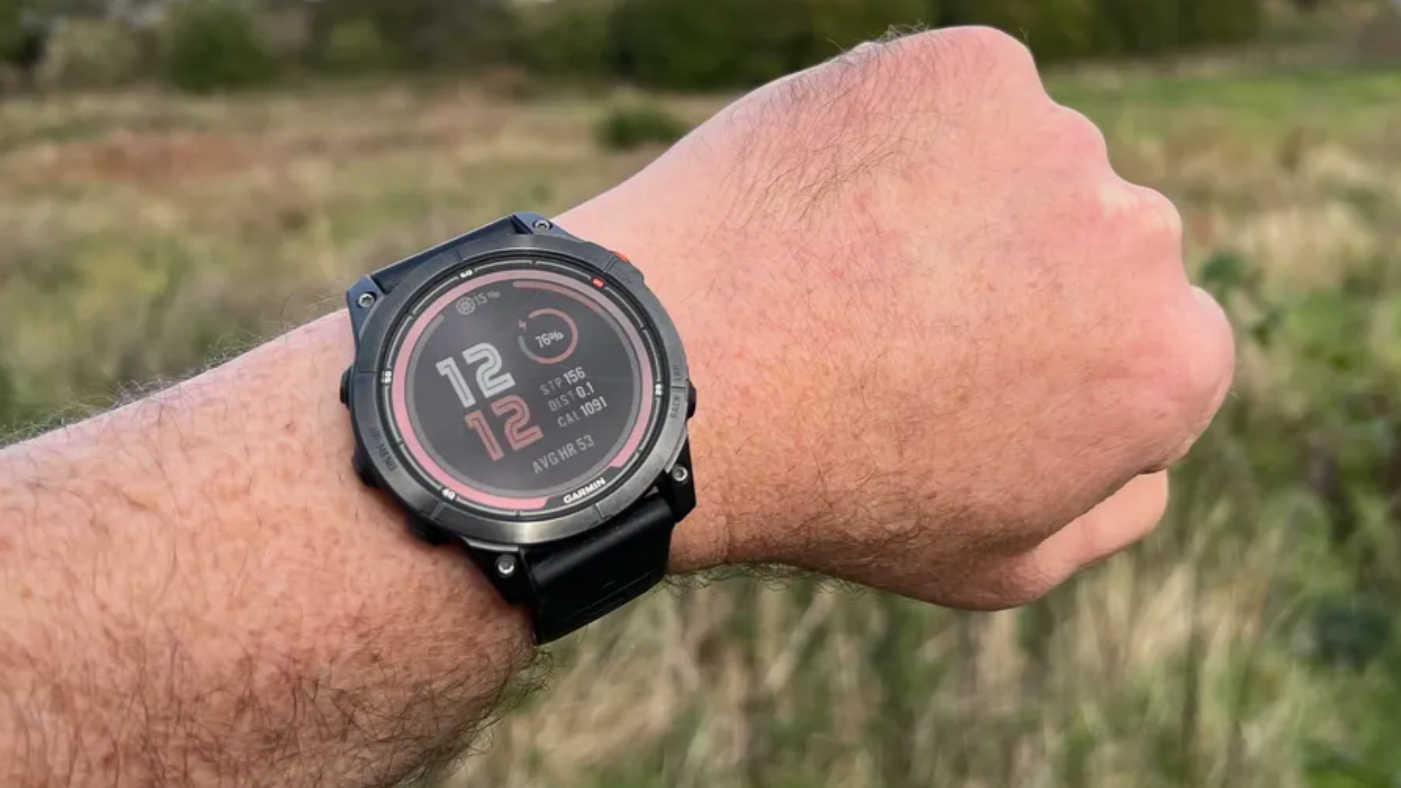Paris-Roubaix 2017 race preview
Essential guide to the route and analysis of the favourites
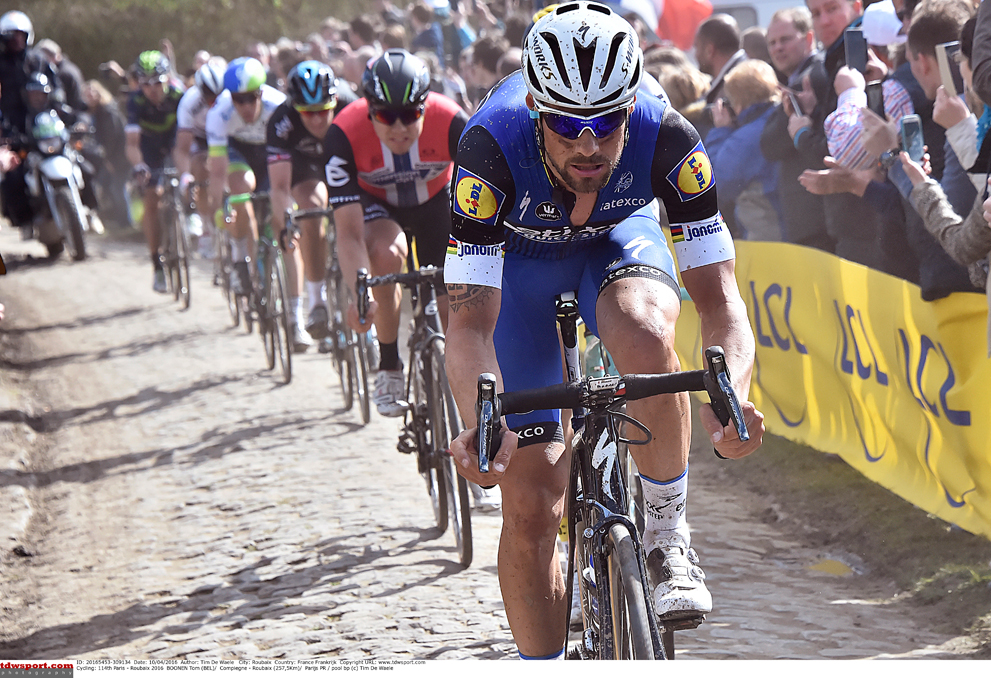
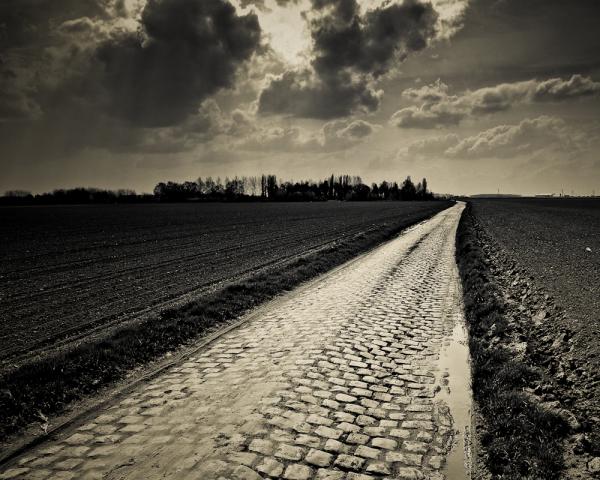
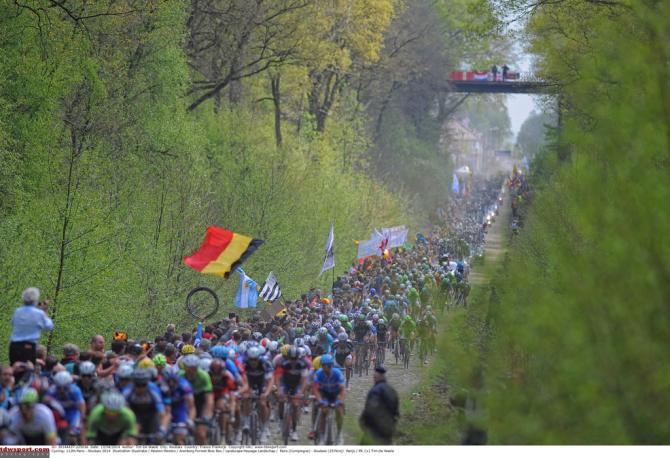
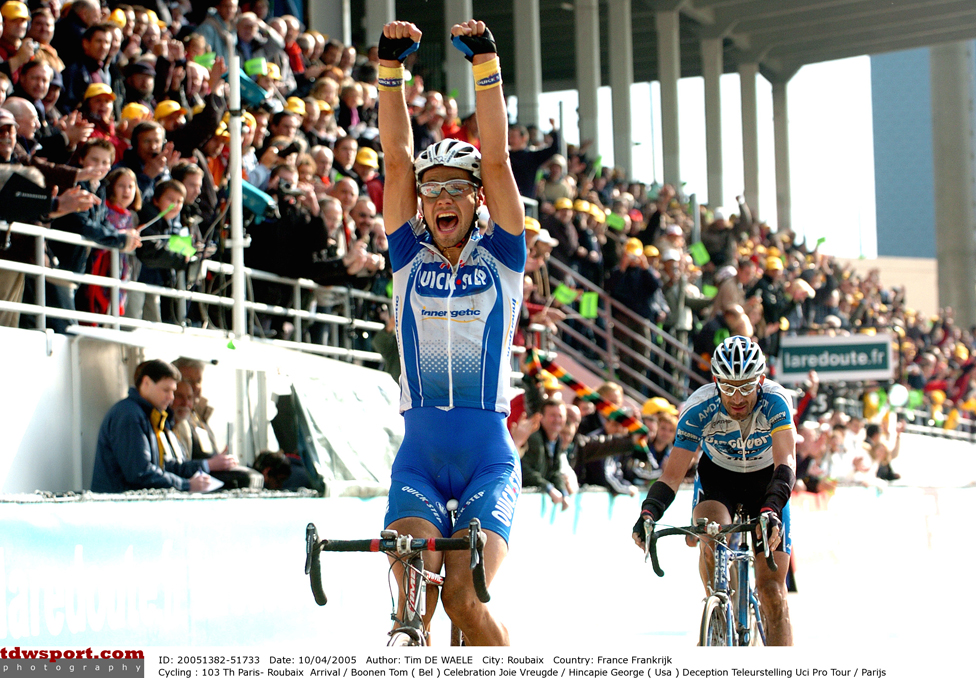
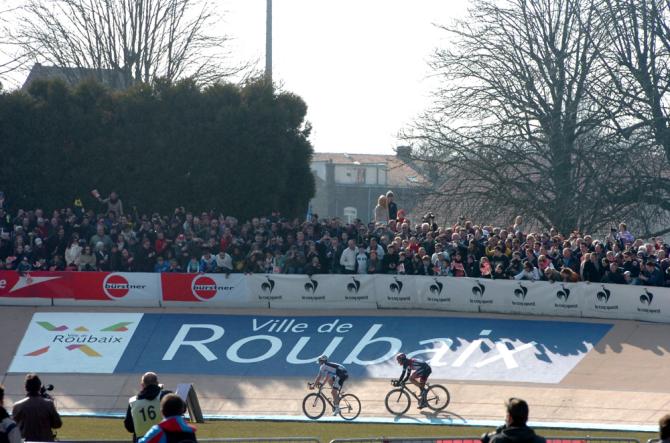
Following the holy week on the cobbled climbs and country lanes of Flanders, the travelling circus that is professional cycling heads a few kilometres south into northern France for Sunday's Paris-Roubaix.
Paris-Roubaix reconnaissance ride – Gallery
Boonen refuses to get emotional before his farewell Paris-Roubaix
Paris-Roubaix: Degenkolb takes over Cancellara's role for Trek-Segafredo
Tony Martin: Katusha planning some Paris-Roubaix surprises
Stybar takes a tumble in Paris-Roubaix recon ride - Gallery
Welcome to The Hell of the North: 257km of racing, with 55 kilometres of cobbles divided across 29 bone-rattling sectors that will test riders' bike handling ability and fitness like no other race.
This year's edition of Paris-Roubaix, the 115th, will be extra special and will be tinged with celebration as it brings down the curtain on Tom Boonen's remarkable career.
The Quick-Step Floors rider has lifted the winner's cobblestone trophy four times and would set a record if he manages to do it one final time before hanging up his wheels.
He faces a huge challenge from Peter Sagan (Bora-Hansgrohe), Greg Van Avermaet (BMC), and host of other contenders, outsiders, and chancers, who will all be looking to spoil his party.
The iconic route
The French pavé are what makes Paris-Roubaix so iconic and also so difficult. The roads from Compiègne to Roubaix are flat but it is the physical battering from the cobbles, along with the inevitable crashes and mechanical problems, that make the gradual selection and decide the eventual winner.
The 2017 edition of Paris-Roubaix will subject riders to no fewer than 29 sectors and 55km of the rough stuff during the 257km race distance. The first 100 kilometres follow the slightly undulating roads to St-Quentin, with the only action coming from the fight for a place in the early break of the race. Everyone else tries to stay relaxed and hide their fear for what comes later on.
Riders get their first taste of the cobblestones at Troisvilles after 98.5km. Four other sectors come in quick succession, followed by a turn north towards Valenciennes for four more. A new 3.8km sector has been added between Viesly and Briastre after a 30-year absence and restoration work by local college students, with organisers compensating by taking out a 1.5km sector later in the route. The new sector is largely downhill and so the speed could spark some crashes.
Of course it is traditionally the Trouée d'Arenberg sector (number 19) where Paris-Roubaix truly comes alive and the pavé starts to unleash its hellish blows on the race. The former mining track through the dense woodland is the first of three 'five-star' sectors in the race, and rightly so. The new colour-coded entrance banners – black for five-star sectors – will remind all the riders what they are about to face.
The Forest of Arenberg sector is 2,400 metres long and always provides one of the iconic shots of the race as riders enter the slightly downhill, arrow-straight corridor through the imposing, solemn birch trees. Positioning in the peloton is of vital importance, and many riders have likened the approach to a full-on bunch sprint. The speed continues across the slippy cobbles but fortunately the green grass and moss that grows between each cobblestone is burnt away before the race. That doesn't stop the crashes, with Mitch Docker paying a huge price and fracturing his nose and cheekbone last year.
"This is one of the legends of Paris-Roubaix. You can't win the Hell of the North in the 'Trouée', but you can certainly lose it," warns the race's technical director, Thierry Gouvenou.
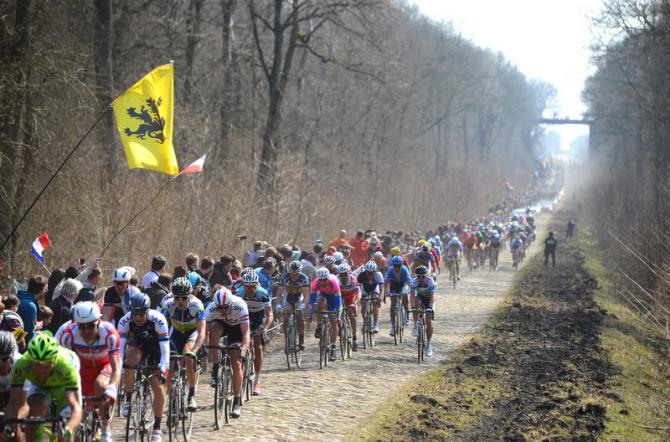
Racing through the Arenberg Forest
Whoever emerges first from the Arenberg earns bragging rights and lets out a sigh of relief. All the survivors grab a bidon and food after the sharp left turn back onto the main road. It is a moment to take stock, hear via radio who has crashed and the position of rivals. A decision could be made to push on with a selection or wait for reinforcements.
Seven further sectors continue the whittling-down process ahead of the next notorious flashpoint of the race at Mons-en-Pévèle (sector 11) after 208km of racing. It is the second of the five-star sectors and the longest at a leg-destroying 3km. It marks the start of the finale of the race, when the strongest and eventual contenders emerge. Two corners are key points, with fans and photographers gathering in the hope of witnessing a dramatic moment in the race.
The following sectors see riders lose contact due to fatigue, crashes and punctures. The 2.1km Carrefour de l'Arbre (sector 4) comes with just 17km to go. It comes soon after the 1.8km Camphin-en-Pévèle sector and is followed by sector 3 at Gruson, forming a testing triple whammy of pain. The attacks to shake out the front group often come here, with the strongest going on to fight for victory in the velodrome.
"This is the moment of truth," Gouvenou says of the Carrefour de l'Arbre.
The Willems to Hem sector (number 2) is a last chance to make a difference but the selection has usually been made at this point and riders begin to think about the finish on the velodrome. Some may consider a late attack on the run-in to the velodrome if they are not fast finishers. Others will be trying to keep any group together to use their speed on the concrete track.
The route switches from the road to the final sector of pavé in sight of the velodrome. It is straightforward and mostly symbolic, recalling Charles Crupelandt, the only Roubaix-born winner of the race in 1912 and 1914. The tense finish of Paris-Roubaix sees riders come off the main road and into the outdoor Roubaix velodrome for one-and-a-half laps of the track in front of a huge crowd, which can welcome a lone rider for a victory parade or a group for a ferociously contested sprint.
Positioning and speed is vital on the laps but so is strength after such a hard and demanding race. Victory can come by leading out from the front or from higher on the banking, but timing is essential. Whoever has some strength and sprinting prowess left can win, while any small mistakes come with a high price.
The 2017 contenders
The 2017 Paris-Roubaix will be an evocative race because Tom Boonen makes his farewell appearance. It's a fitting way for the four-time winner to go out, but even Boonen has little time for the emotions of his final race, preferring to stay focused on the goal of winning one final time and becoming the only rider to win Paris-Roubaix five times.
Boonen and his powerful Quick-Step Floors team will be the central hub of the race, with everyone else's chances probably depending on how they attack or control the race, just as they did to help Philippe Gilbert win the Tour of Flanders last Sunday. Of course, Peter Sagan (Bora-Hansgrohe), John Degenkolb (Trek-Segafredo), Greg Van Avermaet (BMC), Ian Stannard (Team Sky), and many other riders and teams all want their say in the race.
Boonen was not at his best early in the Classics and sacrificed his chances to help Fernando Gaviria at Milan-San Remo and then Gilbert in Flanders. However, the Quick-Step Floors team will be built around him this time, with Gilbert saved for the Ardennes Classics. A perfect scenario for Boonen would be a solo attack late in the race so he can finish alone in the velodrome. It will be interesting to see if he can surge away as he has in the past and if his rivals will have the ability and courage to go after him.
Peter Sagan is likely to be Boonen's biggest rival, especially after the disappointment of his crash at the Tour of Flanders. The world champion is still in pain, with his hip and ribs the biggest problems. He has the bike skills to dominate on the pavé and the speed to win any sprint in the velodrome, but lacks a strong team to help in any tactical battle.
John Degenkolb (Trek-Segafredo) and Alexander Kristoff (Katusha-Alpecin) are also looking to save their springs after a string of placings and a growing air of frustration. Degenkolb won Paris-Roubaix in 2015 and is close to being back to his best after missing all of last spring because of the terrible accident that saw him and several teammates hit by a car in training. The Trek-Segafredo squad is strong enough to back Degenkolb’s ambitions; they just need that little bit of fortune and strength to put him on the podium.
Kristoff is in a similar situation and can count on Tony Martin to help him on the pavé. The German is riding Paris-Roubaix for just the second time but his huge engine should make up for his lack of experience.
Also looking for redemption after a below-par spring are Team Sky duo Luke Rowe and Ian Stannard. Michal Kwiatkowski set the bar high with his wins at Strade Bianche and especially at Milan-San Remo but the British team have so far failed to match him on the cobbles. Both love the pavé and have the skills and experience to win, so should be in the fight on the key sectors.
Greg Van Avermaet (BMC) is taking Boonen’s place in the hearts of the Flemish cycling fans and the process will be complete if he finally manages to win a Monument on Sunday. He has shown time and time again that he has the form this spring with a series of wins, but his consecration as a Classics winner will be decided on Sunday.
Missing from the Paris-Roubaix start list due to injury is Sep Vanmarcke (Cannondale-Drapac), while questions remain about Lotto Soudal’s form and chances after their woeful campaign. The Belgian team is refusing to panic but are hoping for a miracle from Tony Gallopin, Andre Greipel or Jurgen Roelandts.
There are plenty of outsiders and names to watch, with the unpredictability and chaos of Paris-Roubaix giving many a chance of success. Mat Hayman proved that in 2016, despite fracturing his arm just a few weeks before the race. The Australian has had a quiet spring but should not be forgotten. He will be happy to slip back into his usual domestique role if needed and Orica-Scott can count on Luke Durbridge and Jens Keukeleire, who has recovered from the illness that forced him to miss Flanders.
Oliver Naesen (Ag2R-La Mondiale) would be a perfect long-odds bet but would not be a surprise winner, likewise Dylan van Baarle (Cannondale-Drapac) after his excellent Tour of Flanders. Lars Boom (LottoNL-Jumbo), Arnaud Demare (FDJ), Edvald Boasson Hagen (Dimension Data) and Sylvain Chavanel (Direct Energie) should not be forgotten.
Get The Leadout Newsletter
The latest race content, interviews, features, reviews and expert buying guides, direct to your inbox!

Stephen is one of the most experienced member of the Cyclingnews team, having reported on professional cycling since 1994. He has been Head of News at Cyclingnews since 2022, before which he held the position of European editor since 2012 and previously worked for Reuters, Shift Active Media, and CyclingWeekly, among other publications.
Latest on Cyclingnews
-
Rapha Pro Team Powerweave shorts review: Over a year with Rapha’s most expensive bibshorts
The Powerweave bibshorts are a solid option but I’m not sure the performance matches the very high price -
Best carbon road bikes 2025: Our pick of the best racing and endurance road bikes
Carbon road bikes combine meticulous weight saving, geometry tweaking and aerodynamic sculpting to rule the road -
Giro d'Abruzzo: Alessandro Covi claims stage 1 win in UAE Team Emirates-XRG's 28th victory of the season
Filippo Fiorelli second, Alessandro Fancellu third in Crecchio -
This has to be one of the best smartwatch deals ever – the Garmin Fenix 6 Pro Solar has just dropped by £540 to an incredible £279
With a huge 65% reduction it makes this Garmin deal one of the best smartwatch discounts I've ever seen
